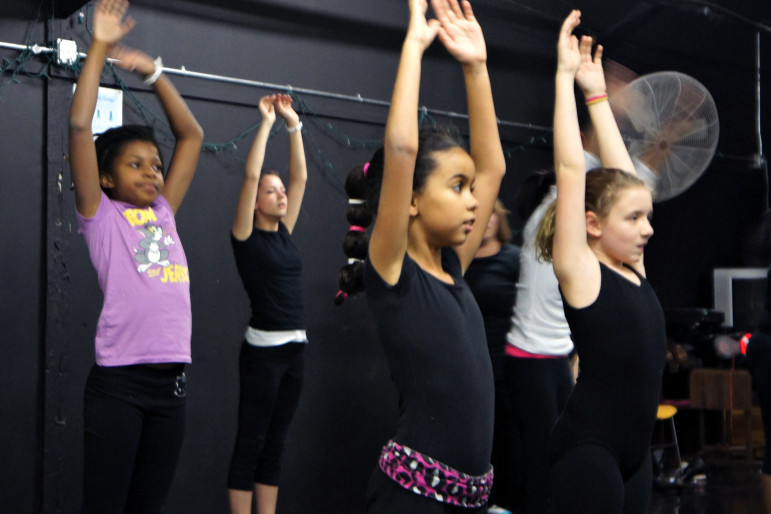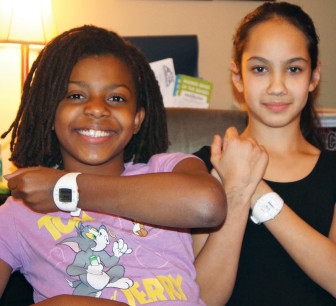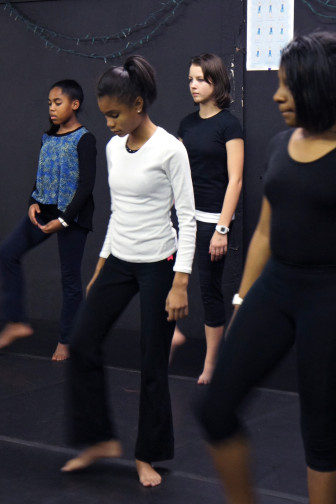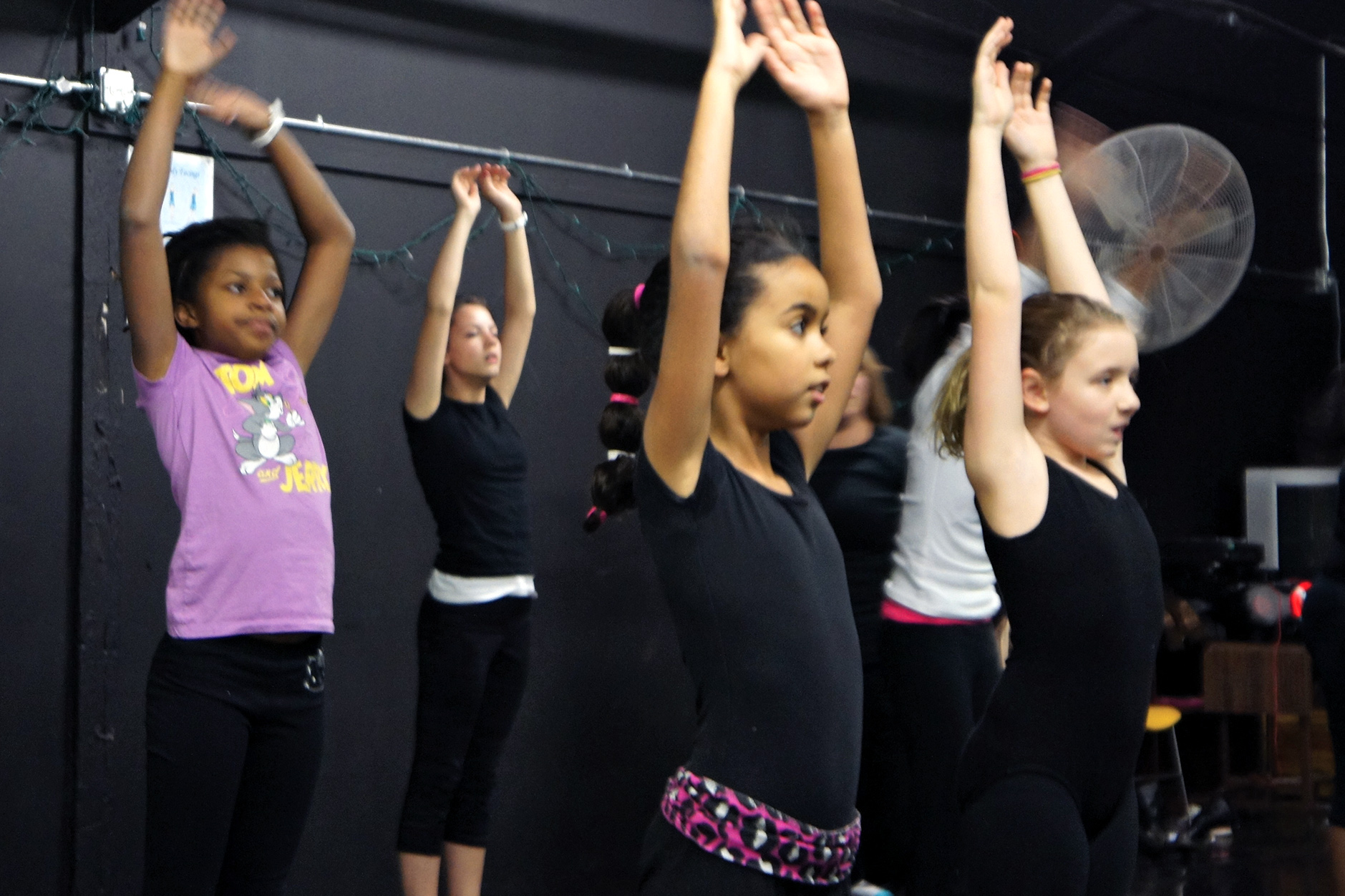
Stell Simonton
At Moving in the Spirit in Atlanta, girls and boys, ages 3 through 18, focus on healthy development through dance instruction integrated with leadership and mentor opportunities.
Back to main story “Food, Fat, Fear.“
An Atlanta youth organization, Moving in the Spirit, began in 1986 as a dance class for girls at a women’s shelter in Atlanta.
Today, it’s a youth-development program for 238 girls and boys with dance instruction, mentoring, leadership development and performance opportunities.

In two years, kids wearing the wrist monitor have increased daily physical activity from an average 64.54 minutes a day to 78.3 minutes, according to Charne Furcron-Mack, director of outreach for Moving in the Spirit.
“We do have some students who struggle with their weight. We try to focus on being healthy — not on needing to lose weight,” said Charné Furcron-Mack, director of outreach for Moving in the Spirit.
At Moving in the Spirit, both emotional health and physical health are important, Furcron said.
“We try to support our students where they are.”
Moving in the Spirit welcomes students of all sizes.
“Anybody who wants to can dance with us,” said Kacey Davis, the organization’s mentor program director and volunteer coordinator. “We’re focused on artistry, but we don’t believe you have to be a certain body type.”

The Junior Company, shown at practice, is an intermediate-level program for girls ages 9 through 12 at Moving in the Spirit. Many wear a wrist heart monitor as part of a project with the Atlanta Falcons Youth Foundation to set goals and track daily physical activity.
As part of the program, students choose and set goals for themselves, often focusing on schoolwork, dance technique or fitness. They fill out a form that helps them shape specific, measurable timed goals. At the beginning or end of class, they report on their progress, using a scale of one to 10 to measure how well they worked toward the goal.
About 50 of the students at Moving in the Spirit are also involved in a new initiative with the Atlanta Falcons Youth Foundation. The foundation provides heart-rate monitors that kids wear as wristwatches. A small icon on the watch responds to physical activity, indicating whether it is high, low or moderate and how long it lasts. Kids challenge themselves to get a certain amount of vigorous physical activity each day — and the watch keeps track. The data of all the students is downloaded from each watch. As a result, physical activity has increased among the students, Furcron said.
Serving up nutrition
Laurie Jones, a health scientist at the CDC, is also a teaching artist at Moving in the Spirit, an after-school dance program in Atlanta. She weaves nutrition information into the program, and recommends that out-of-school time programs provide more whole foods and fewer processed foods to kids.
Her recommendations are in keeping with standards issued by the National Afterschool Association, as well as by the Out of School Nutrition and Physical Activity Initiative (OSNAP), a project of the Harvard School of Public Health Prevention Research Center.
Practices recommended by OSNAP for out-of-school programs:
- Offer a fruit or vegetable at every meal and snack.
- When serving grains (like bread, crackers and cereals), serve whole grains.
- Do not serve foods with trans fat.
- Do not serve sugary drinks or allow them to be brought in.
- Serve water every day.
Back to main story “Food, Fat, Fear.“






























